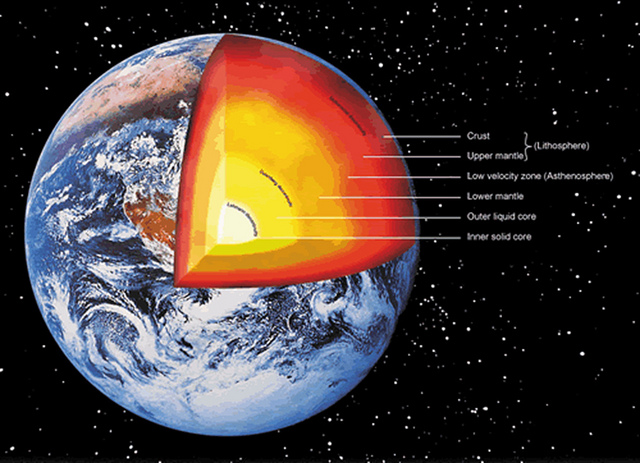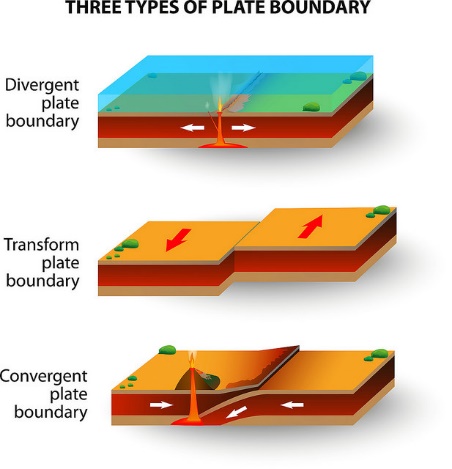STEMscopes Inside Earth
- Due No Due Date
- Points 10
- Attempts 0
- Allowed Attempts 2
Directions: Read this article or use IMMERSIVE READER, top right, to read the article to you. Then complete the work on the next page.
STEMscopedia

How many layers is Earth composed of? What role does density play in how the layers are formed?
How does temperature affect the layers?
Earth is composed of four layers: the crust, mantle, inner core, and outer core.

The crust is the layer that you live on. It is the layer that is studied and understood the most.
It is the thinnest of all the layers and contains oceanic and continental crusts.
Oceanic crust (parts under the ocean) are about 3 to 5 miles in thickness, and
continental crust (land) is about 25 miles thick.The crust of Earth is made up of plates.
These plates will sometimes build up pressure and stick together, the result is an earthquake.
The mantle is the largest layer directly under the crust. It is about 1,800 miles thick, made up of very hot, dense rock.
Because it gets so hot, it moves around like melted liquid and causes Earth’s plates to move.
Scientists believe this happens because of convection currents.
The outer core is the third layer of Earth and surrounds the inner core.
The outer core has a magnetic field. The magnetic field creates a protective barrier around Earth
that shields us from the Sun's solar wind.
The inner core is the innermost layer. It is a solid ball made of metal.
The inner core is the hottest part of Earth. It’s almost as hot as the Sun.
Density is what determines how the layers of Earth are positioned.
The inner core is denser than the other layers because it is actually a solid. It has more mass;
therefore, it weighs more than the other layers. Its temperature also contributes to the amount of density it has.
As the layers of Earth progress outward to the crust, they change in thickness, substances,
and temperatures that cause them to be less dense. The density of something changes with temperature and pressure.


What causes Earth’s surface to change?

What are the lithosphere and asthenosphere?
The lithosphere is Earth’s interior. It contains the crust and upper mantle and
is broken into plates that are in constant motion. The motion of these plates is what creates
major geologic events like earthquakes, volcanic eruptions, and even mountain building.
These major events, along with weathering and erosion, constantly change the surface of Earth.
There are three different types of plate boundaries.
The asthenosphere lies just below the lithosphere and can change
shape without breaking. It can change shape because it reaches temperatures
that can melt the rocky composition.
Rubric
 Find Rubric
Find Rubric
| Criteria | Ratings | Pts |
|---|---|---|
|
This criterion is linked to a Learning Outcome
Description of criterion
threshold:
5 pts
|
This area will be used by the assessor to leave comments related to this criterion.
|
pts
/
5 pts
--
|
|
This criterion is linked to a Learning Outcome
Description of criterion
threshold:
5 pts
|
This area will be used by the assessor to leave comments related to this criterion.
|
pts
/
5 pts
--
|
